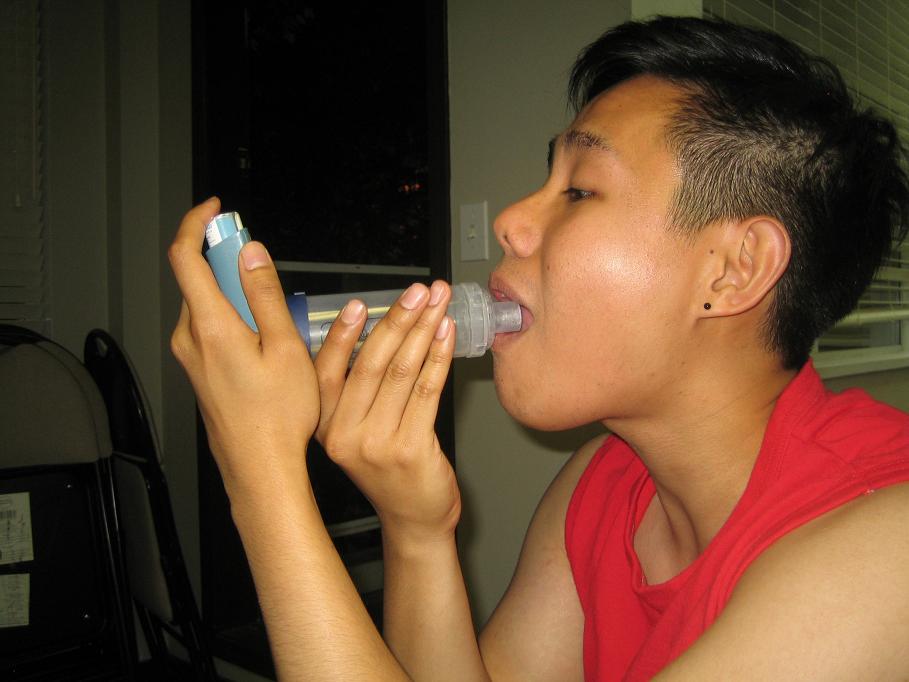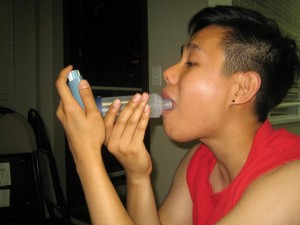If an individual is prone to asthma attacks, a treatment strategy is vital. These guidelines must be strictly followed to promote improved breathing. An individual can still have asthma attacks even if the condition is monitored and medications are taken.
Managing asthma attacks
It is vital to be familiar with the steps to take in case asthma attacks occur.
- Encourage the individual to sit up since it is easier to breathe while seated than lying down.
- An inhaler that is filled with the right dosage of medication can relax the airways and allow the individual to breathe normally. Simply take between 2-4 puffs from the inhaler and pause for 5 minutes before another puff. If the individual does not breathe ordinarily within a few minutes, it is best to bring him/her to the nearest emergency department.
If the individual does not feel better within a few minutes of using an inhaler and following the action plan, it is best to call for emergency assistance or bring him/her to an emergency room. - Instruct the individual to stay calm. It is hard for many not to panic when wheezing and has difficulty breathing, but try to stay calm since stress can worsen the symptoms of asthma attacks.
- Follow the action plan given. The doctor provides an action plan that outlines not only the treatment but also what must be done during asthma attacks.
When to seek emergency care?
If the individual does not feel better within a few minutes of using an inhaler and following the action plan, it is best to call for emergency assistance or bring him/her to an emergency room.
There are some symptoms of asthma attacks that require immediate medical attention such as the following:
- Not responding to the quick-relief medications
- Rapid pulse rate
- Fast and strained breathing
- Peak flow is less than 50%
- Rapid heart rate
- Flared nostrils while inhaling
- Difficulty walking or talking
- Bluish or grayish lips or fingernails
- Caving of the skin around the ribs and neck while breathing in
If the individual has any of these symptoms, bring him/her to the nearest emergency room. The treatment involves the administration of oxygen along with medications to minimize the swelling of the bronchial tubes and allow easier breathing.
Prevention
Once asthma attacks have been treated and breathing is normal, set an appointment with a doctor to discuss the condition. The doctor will figure out how the lungs are doing and the reason for the attack. Both the doctor and the individual will decide if:
- There is a need for further steps to avoid potential triggers
- New triggers to be avoided
- Modifications to the medication regimen and/or asthma attack treatment plan
There is usually a follow-up appointment with the doctor. Most cases of asthma attacks do not occur abruptly. Oftentimes, there are indications and there is time to take action to take.


